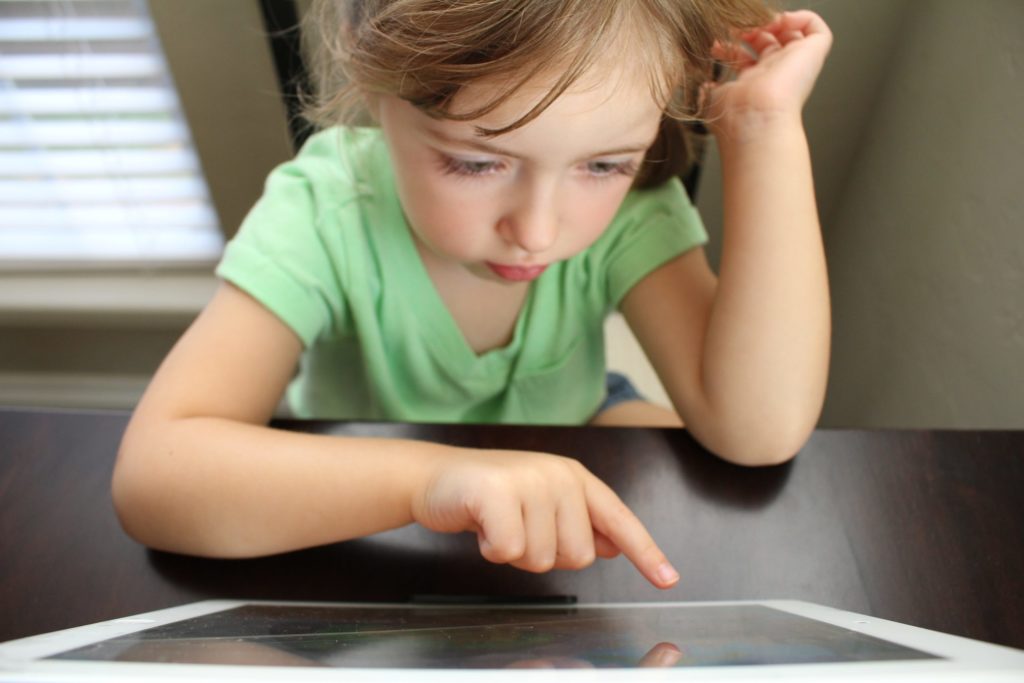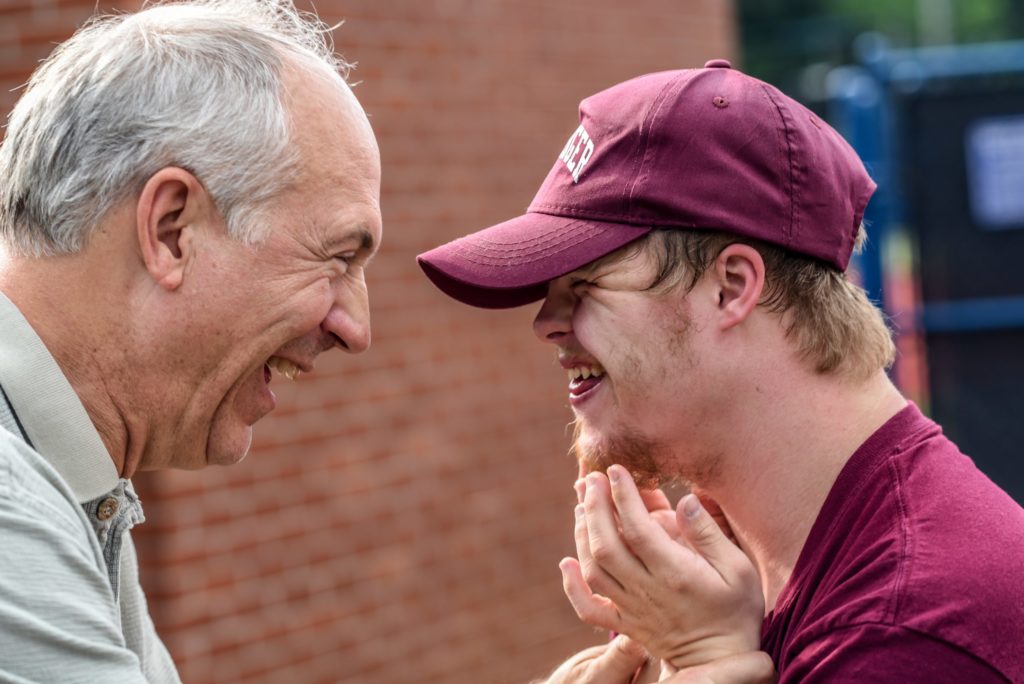Augmented Reality and Virtual Reality for Children with Autism
The Autism Spectrum Disorder is a development disorder that alters the social behaviours. They usually can be noticed within the first two years of life. The symptoms can be difficulties to communicate and have social interaction with others, attention and sensory issues and repetitive behaviours.
Thanks to augmented and virtual reality innovations, kids with autism have a better chance to learn and improve the necessary skills to face adult life challenges.

AR Learning
Augmented Reality is an effective technology for encouraging play, improving language and vocabulary, verbal communication, nonverbal communication and social cues, emotion identification, and attention, the learning of new tasks and for increasing motivation. AR can also be a tool used to assist people with autism while they are having a social interaction. For example, AR smart glasses (or even smart contact lenses in the future) can send them visual or auditory cues to help them handle a live socio-emotional interaction.
VR Learning
Virtual Reality is a very effective technology to help the learning process in general. In the particular case of children with ASD it is useful to prepare them to public speaking, basic and complex social skills, or to train them to control their anxieties. Virtual Reality is particularly effective because of its very immersive aspect. Kids can learn new tasks, or learn to face stressful situations. For example, for public speaking skills they can use an audience of avatars which fads away the child speaking does not keep eye contact with the avatars. Moreover they were taught to look around the audience and not only to one focus point. This game had a very good response from the participants.

These new technologies can be used by therapists, teachers and even by parents. In fact, the exercises in AR and VR should be practiced often, and this technology can bring them at home, with no medical help needed, neither real life situation. These tools represent real-life situation but in a safe and predicted environment.
Moreover, a game-like therapy is way more appropriate for a child. With the use of Virtual and Augmented Reality in therapy, it will not only improve the results of the therapy but it will also preserve his happiness and motivation.
The potential of AR has just started to be explored, and we can only expect it to amaze us even more in the future!
You still want some high-tech inspiration? Read:
You want to develop your own AR project? Contact us!
